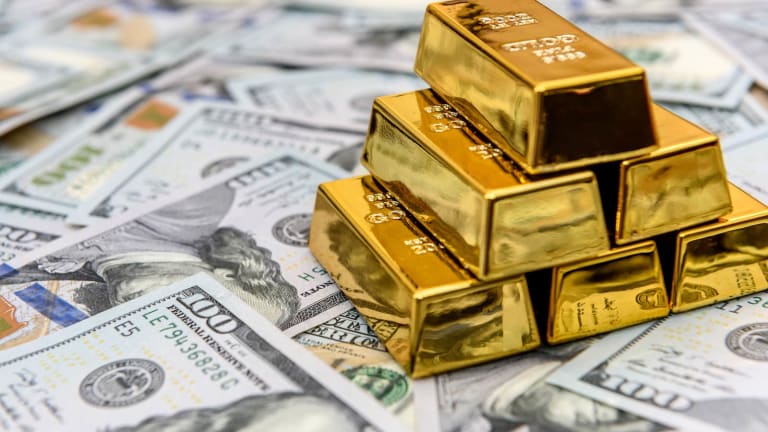
2737BC. The progression of time from 2737BC to 2014 is practically immeasurable to me. The change, the modernisation, the advancement. What is the meaning of this date?
This is the year tea was found.
Indeed, in 2737BC, in China, the Chinese head coincidentally found a strange elixir after leaves from the camellia sinensis plant unintentionally fell into the water his worker was bubbling for him to drink. As a botanist, he embraced the valuable chance to attempt another blend, tasted the fragile alcohol and promptly fell head over heels; an affection that has been shared by billions of individuals since.
However, it is incredible to imagine that tea has been consumed by individuals for more than 4000 years. What’s more, maybe considerably outsider to feel that in England, we have just been drinking tea (our hero, our solace, our ‘pack-your-pot last-so-it’s-the-first-thing-out-the-truck’) for a short 400 years.
All things being equal, this is a mind boggling measure of time to foster the practices and shows related with drinking it, and the tea drinking custom is one saturated with social traditions.
It is maybe a speculation, yet when we consider tea drinking customs, the Chinese and Japanese tea functions promptly come into view: convention, quietness, associations with nature, tea as a gift, an approach to offering thanks or conciliatory sentiments to a family member.
Rule-represented and intentional tea drinking? The officialism seems outsider to us.
Truth be told however, maybe there is ceremony in our own tea utilization. Doesn’t tea follow feast times, assist with quieting our nerves, welcome us home after work, or welcome companions over (envision not offering a companion a brew in the wake of thumping on your entryway. Extreme social tactless act), cheer us up and support us? In spite of the fact that we don’t wear robes or bow out, tea has importance: solace, security, companionship. On the off chance that this isn’t our practice, then I don’t have the foggiest idea what is.
Tea isn’t simply appreciated in the nations referenced previously. Tea has effectively charmed individuals in each landmass across the globe, which has prompted it being marked as the second most generally polished off drink in the world after water. Tea’s capacity to penetrate societies has seemingly empowered it to endure these 4000 years, each getting their own customs and idiosyncrasies which to praise this particular fluid.
Also, this is the thing we will here investigate; how tea drinking customs vary in a portion of the top tea drinking locales of the world.
China
As referenced above, in China the utilization of tea is stately. Besides the fact that the Chinese public celebrate tea, yet they use tea to officially celebrate or unite events, like serving tea at family get-togethers, as an image of formal statement of regret and as an approach to respectfully tending to and saying thanks to guardians for the giving and getting of accomplices at weddings.
It is the preferences and fragrances of the tea which are at the core of the custom. Every utensil is painstakingly washed or purged utilizing the principal implantation of the green tea leaves to guarantee that the subsequent mixture’s taste isn’t shaded by any unfamiliar bodies, similar to clean particles, so the tea is unadulterated.
Significantly too is how the tea is poured; gradually, in one movement, across all cups (which are little mud pots) and just half full. The other portion of the cup is supposed to be loaded up with kinship and fondness; subsequently restricting host and visitor in their tea drinking experience.
Japan
In Japan, the tea function revolves around the creation of Japanese Matcha tea; a green tea ground to a fine powder which is widely acclaimed for its magnificent recuperating powers, high centralization of cell reinforcements and rather severe taste.
The service is named Chanoyu and spotlights on the style of tea making instead of the taste or scents, making the experience to a greater extent an arranged execution as opposed to an extinguishing of thirst.
The function’s organization traces all the way back to the twelfth 100 years and includes the host’s serving of the tea, as well as the introduction of the utensils and ceramics used to set it up, the plan of blossoms in the space and calligraphy. These things can be in every way adjusted by the host to best fit the event for which the tea is served. It is likewise the host’s undertaking to have thought about their visitors’ perspective on the tea at each point in the space, to guarantee that their experience will be one of virtue, serenity and peacefulness: a profound obligation.
The smart thought that is expected for an effective function frequently guarantees that the obligations of fellowship between the hosts and their visitors are reinforced after the experience is finished up.








